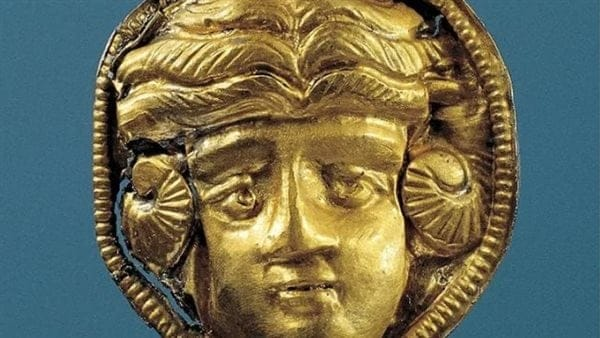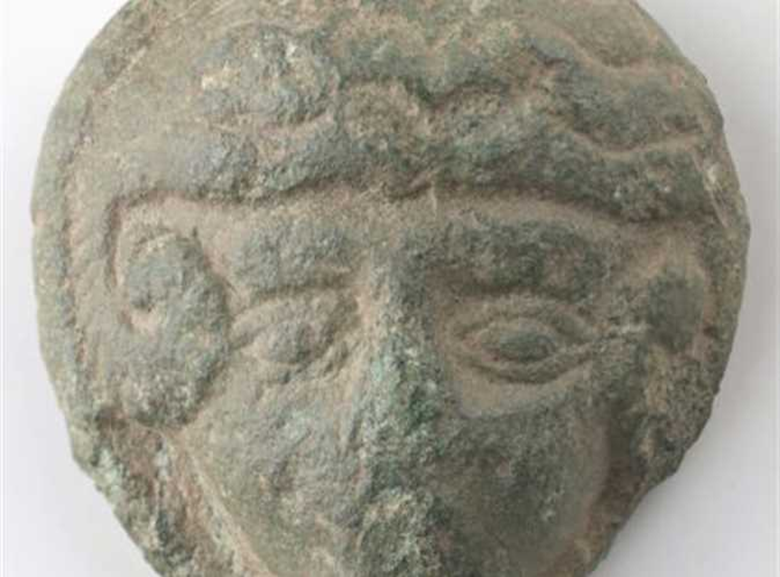Statue of Alexander the Great on the Danish island of Zealand

A new archaeological discovery sheds light on the historical importance of Alexander the Great and his influence that continued throughout the ages, with the presence of a statue of him in a place far from his empire.
His statue was found on the Danish island of Zealand, indicating the spread of his fame and global influence, as Alexander the Great is a very important historical figure in world culture. He was an exceptional and intelligent military leader, and led successful military campaigns that resulted in the establishment of a huge empire extending from Greece to India.
Two archaeologists found a miniature bronze statue bearing the image of Alexander the Great near Ringsted on the Danish island of Zealand, indicating that Alexander was known in those areas. The circular piece is just over one inch in diameter, and depicts Alexander with his hair up. The wavy and ram's horns above his ears, a representation of his claim to be the son of the Greco-Egyptian god Zeus Ammon, dates from around 200 BC.

According to the Archeology website, Archonius, scientists do not know exactly what the function of the miniature statue was, and how it got to that island, but it was handed over to the Danish cultural heritage authorities and there it was confirmed that it was indeed a portrait of Alexander the Great.
The size and shape of the piece indicate that it was most likely an aesthetic piece on a shield or belt, and the presence of lead in the bronze alloy indicates a Roman origin for the metal as Roman bronze was cast in the same alloy.
It is worth noting that Alexander the Great was one of the most important military leaders in ancient times. His empire extended from Greece to India, and he arrived in Egypt in 332 BC, and the priests of the Temple of Amun in the Siwa Oasis declared him the new “Master of the Universe” and a descendant of the Egyptian god Amun. He died in Babylon at the age of He is only 32 years old, but he remains a legend even hundreds of years after his death.
Source: websites

